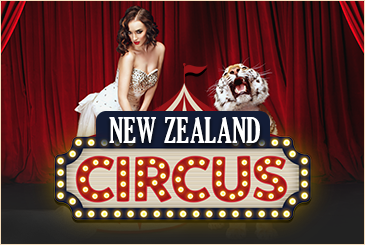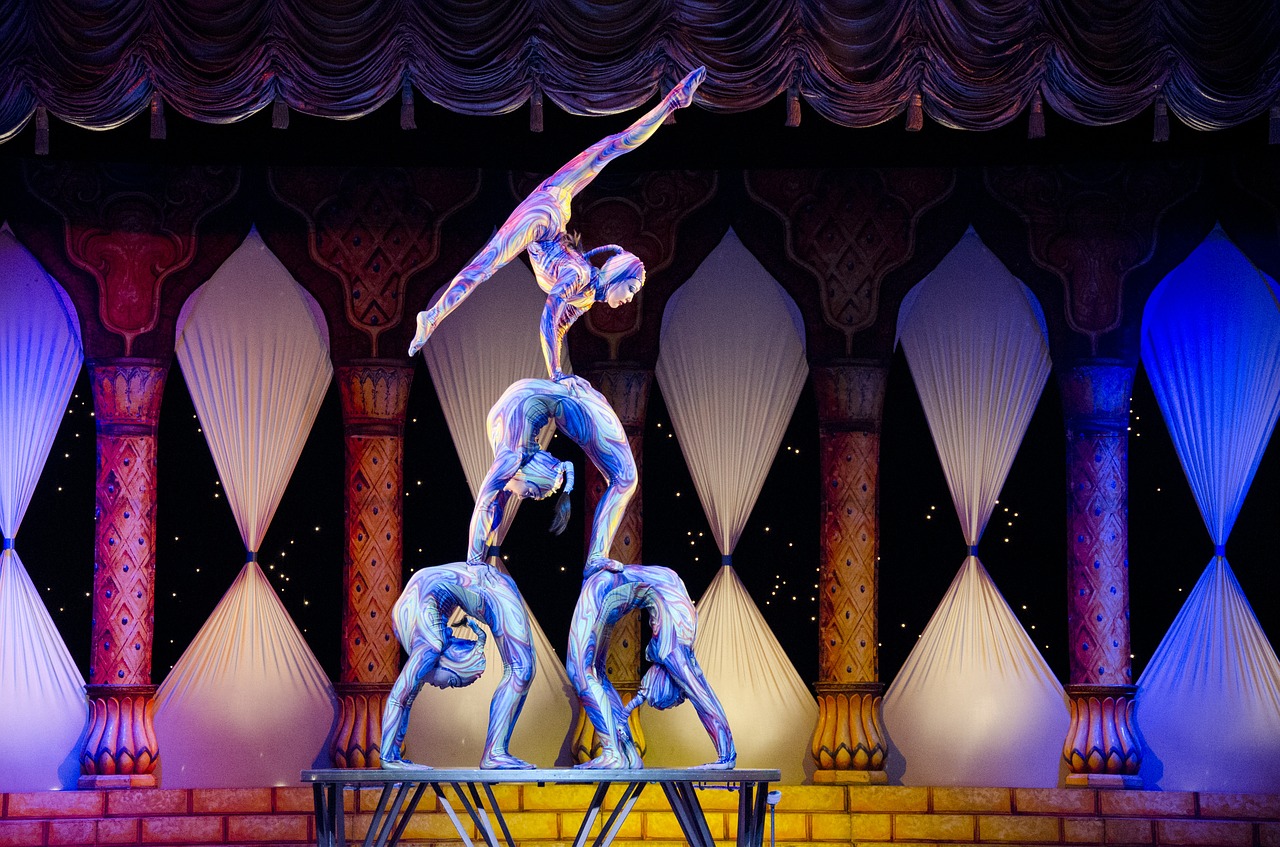These days, circuses are quite popular in New Zealand. People up and down the country love going to see circus shows and getting entertained by the talented performers and amazing acts. In fact, these shows have been a big hit with people for many generations. In this post, we’ll delve into the history of the circus industry and look at when shows started getting performed in New Zealand. If you’re keen to learn more about where circuses came from, keep on reading.
Ancient Rome
The term ‘circus’ can trace its roots back to ancient Rome. A ‘circus’ was a building where a variety of races, shows and spectacles would take place for the public. These include fights with trained animals, gladiatorial fights, reenactments of battles and races involving horses and chariots. The performance areas weren’t circular like how they are in modern circuses; instead, they were rec-tangular with semicircular ends. Thousands of people would attend; the biggest one known to have been built, Circus Maximus, could apparently hold over 150,000 people. When Rome fell, mass entertainment at these venues became less common. Performers would instead travel from one place to the next putting on smaller, more localised shows.
Contemporary Circuses
Though we get the term ‘circus’ from ancient Rome, the modern circus as we know it didn’t start to appear until the 18th century. In 1768, Philip Astley, a British cavalry officer, decided to set up an amphitheatre where he would perform tricks on horseback. The performance area was a circle, around which the audience would be seated. This circle was 42 feet in diameter – most circuses set up since have stuck to this size. While the shows focused on horse riding tricks at first, in a few years a variety of acts were added, including the following:
- Clowns putting on vaudeville-style acts
- Tightrope Walkers doing risky walks high up off the ground
- Acrobats performing choreographed routines
- Jugglers showing off their amazing skills
The shows were very successful. By the end of the 18th century, lots of places throughout Eng-land, on continental Europe and in America had purpose-built venues similar to Astley’s original where shows were performed. The focus was still very much on the horse riding, but the side-acts were still included and became just as popular. It wasn’t until 1826 that the first circus-style show took place under a canvas tent.
Over time, circuses became more widespread and evolved. Many were held in purpose-built am-phitheatres while others, thanks to canvas tents, were able to travel, taking the show to different places. These travelling circuses could be seen by many more people than those that were held in a single place.
Circuses in New Zealand
The first circus shows to be performed in New Zealand were actually from Australia. They started touring the country in the mid-19th century and would often visit mining towns. Here, people would pay to see a show using freshly mined nuggets or gold dust. As railways became more common-place in the late 19th and early 20th centuries, circus troupes were able to travel more quickly and easily. Circuses would commonly be held at or close to train stations. The sight of a train transport-ing animals such as elephants would get people excited and would help drum up interest in the shows.
Trailer for Nitro Circus Live returning to New Zealand in 2015
During WorldWar II, major circus shows had to be put on hold. This was because many of the per-formers and staff who ran the shows volunteered to help fight. Though most of the larger travelling circuses no longer ran, the company Wirth’s Circus still put on shows, but on a much smaller and reduced scale. This was to give people some entertainment and enjoyment amid the fear of war-time.
Today, there are two main types of circus shows: traditional and contemporary. Traditional shows typically involve animals and a range of acts showing off all sorts of skills. Contemporary shows are somewhat different: they usually don’t have any animals and offer a more theatrical and coherent experience; they tell a story using characterisation and have a much more advanced production quality, incorporating lighting, soundtrack and special effects. Many contemporary shows are staged in proper theatres as opposed to canvas tents.
The contemporary circus genre is a lot younger than traditional circus. It started emerging in the 1970s. At this time, TV was becoming widespread and many people preferred watching shows at home to going out to see them instead. Contemporary circus came about because people wanted to upgrade traditional circus shows and make them just as compelling, worthwhile and enjoyable as what people could get from watching TV.
Circuses have grown significantly over the years. They used to be simple shows featuring horse-back tricks, but now they’ve highly advanced, ambitious and complex spectacles with all sorts of talented performers showing off incredible skills and routines. Circuses in New Zealand have come a long way and the future certainly looks exciting.

